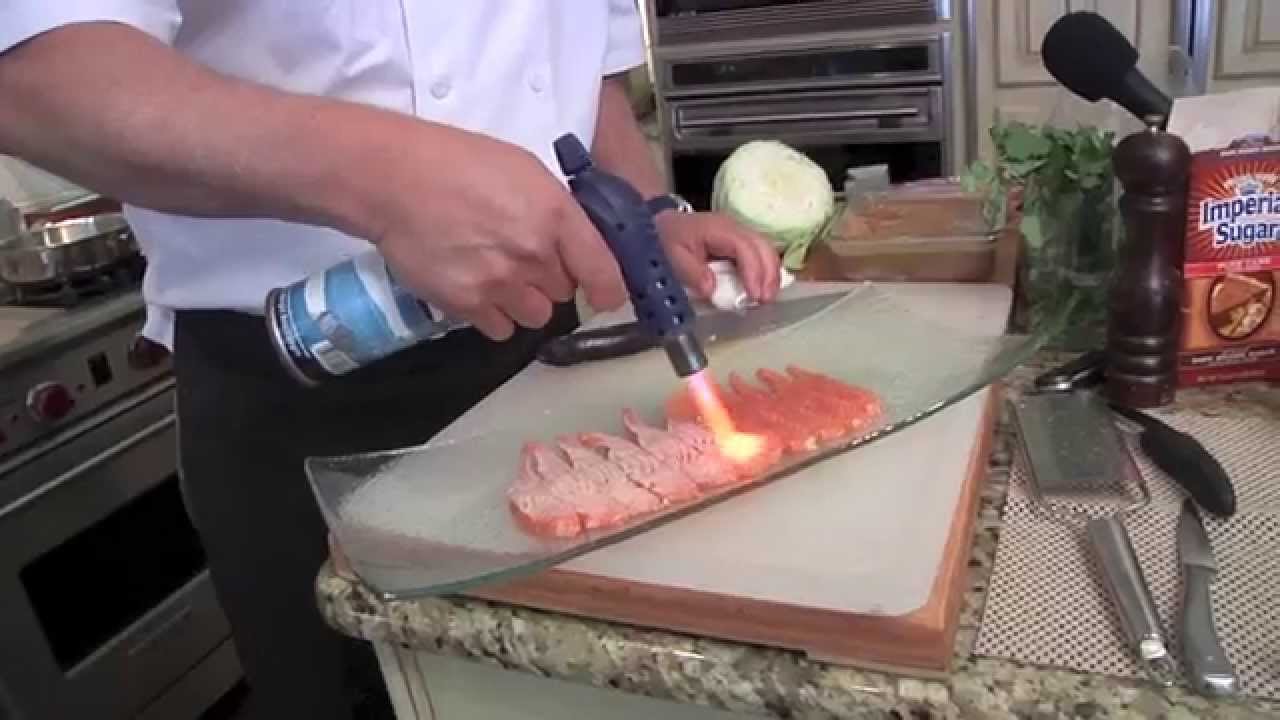I love experimenting with my cooking. I find char marks on dishes appetizing, so blowtorch is my latest favorite tool. It introduces a professional touch to the modern kitchen. If you want your food to have a crispy exterior while staying juicy inside, you must invest in the best cooking blow torch.
How to use a blow torch
Kitchen torches are small to medium-sized tools with a refillable butane gas cylinder attached. It spits fire on a focus area to evenly cook or roast the steak, caramelizing sugar, cheese or, char capsicum, or other vegetables. The intensity of the flame is adjustable. You don’t need to be a culinary expert to use a blow torch. Investing in a blow torch is a great deal for home cooks and professionals at all levels.
Tips to pick the best blow torch for cooking
Best for beginners- A mini blow torch for cooking should be ideal if you’re a beginner.
Size of job matters- A small blow torch is affordable and perfect for smaller portions or dishes. So, a pencil-tipped kitchen torch with a ½-inch copper pipe is apt for smaller jobs that require more precision.
The best blow torch for searing meat steaks would be larger ones with a minimum ¾-inch copper pipe.
Refilling the fuel- Blow torches use butane, propane; acetylene, or MAPP gas. Culinary torches use either butane or propane or a combination of two. You can use a regular blow torch for cooking. Propane torches are bigger and more powerful, while butane torches are compact and easy to carry.
Style- Culinary torches come with a detachable cartridge or a refillable blow torch. Larger blowtorches come with a removable cylinder, making it easy to replace when exhausted. Refillable torches are compact and cost-effective. You must attach and refill the fuel cylinder to create a cost-effective cooking torch. You should attach and refill the fuel cylinder yourself to create an affordable cooking blow torch.
Ensure safety- Look for a safeguard valve and flame guard while purchasing a blow torch. It will prevent any accidental fire breakout.
Propane blow torches are hotter and can handle heavier tasks that require intense heat. Butane torches burn at lower temperatures, making them suitable for culinary tasks such as caramelizing and browning.

